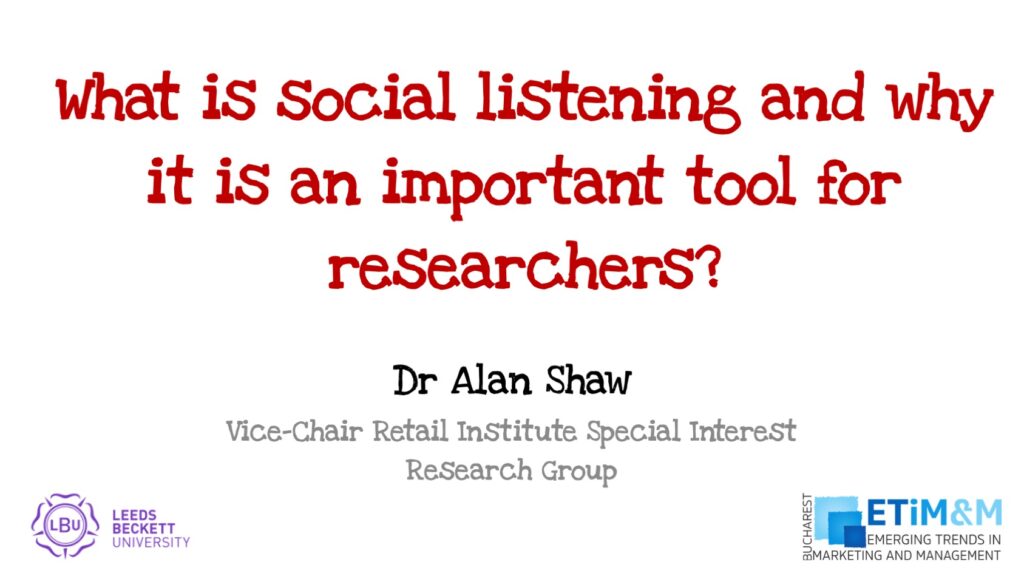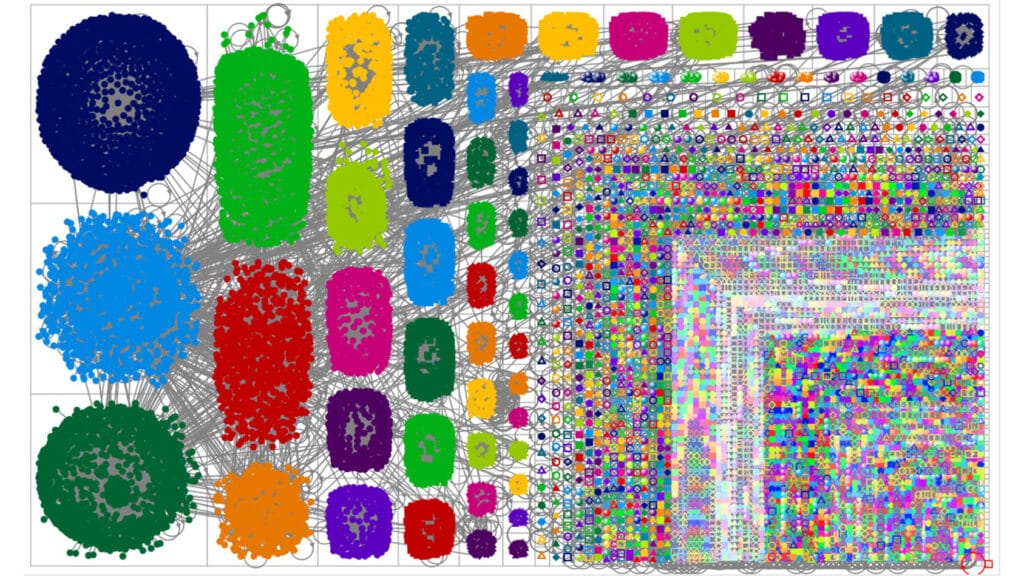
When considering relationship marketing some have argued that its introduction has created a major paradigm shift in the marketing domain. Relationship marketing is defined as “the ongoing process of engaging in cooperative and collaborative activities with customers to create or enhance mutual economic value at reduced costs”.
Gummesson (1997) has argued that relationship marketing should be considered as a value creation process. This builds on the work of Grönroos (1996) who believes that firms should consider themselves as service providers because customers demand a holistic approach which includes, but is not limited to, providing information, delivering the product, informing of updates, repairing and customer service. It has been demonstrated that a five percent increase in retention, which arguably is created through the relationship marketing process, will grow profits by sixty percent over a five-year period (See Reichheld, 1993). Taking this in isolation could be misleading because Storbacka (1993) identified that not all long term customers were profitable. As a sales manager myself (in years gone by), I had the same dilemma, I used the classic ABC analysis (also known as Pareto analysis or the 80:20 rule) to segment my customers, using profitability as the analysing category. Care needs to be taken, because some new, low profitable customers could potentially be considered as ‘high value of the future’ and some existing ‘high value’ customers may be considered to be ‘dropping out of the high value category’. That is not say that we should ignore ‘lower value’ customers because the cost of acquiring new customers is said to be 15 times more than retaining one (see Gillen, 2005).
Returning to relationship marketing, there are arguably three camps (see Marques & Domegan, 2011): the Nordic, the Anglo-Australian and the American. The Nordic camp was independently driven by Christian Grönroos and Evert Gummesson. A key tenet of their Nordic approach is linked to the customer. By that I mean the customer becomes a key part of the marketing and delivery process. In this approach businesses should see themselves as service providers, even if it a tangible product that they are providing. Much of the work of Grönroos and Gummesson was developed in the nineties and the new millennium. They probably had no perception of the social media networks and digital channels that now exist which facilitate many of the concepts they proposed. The North American approach sees relationship marketing as a collaborative style, where the end user creates value for the brand (see Parvtyar and Sheth, 2000). This requires the brands to adopt a one-to-one relationship with their clients: mutual interdependence becomes key with both parties utilising an interactive process. Like the Nordic approach much of this was written at the turn of the century. At that time many of the digital platforms that can facilitate and/or enhance the relationship simply did not exist. Arguably, Atual Parvtyar and Jagadish Sheth were very forward thinking because the advent of platforms like the app have made this so much more possible. Finally, the Anglo-Australian model, which was largely lead by Martin Christopher (see Christoper et al., 1991) argued that relationship marketing was all about encompassing the wider supply chain. It needed to include, at a minimum, suppliers, staff and shareholders. This is not surprising as Martin Christopher is a supply chain specialist, although the premise of linking quality and customer service as part of the marketing process has to be key. This is because the advent of ‘e-word of mouth’ means that quality and customer service issues can quickly be published to the world.
So when you are looking at relationship marketing be aware that its foundations were developed in three camps. The induction of relationship marketing took place during the nineties and the turn of the century, today however marketing is very different, which means you need to adapt the concepts to suit your own business needs. Social media has become a key channel for facilitating the process.
References:
Christopher, M., Payne, A., and Ballantyne, D. (1991). Relationship Marketing Bringing Quality, Customer Service and Marketing Together, Oxford: Butterworth-Heinemann.
Gillen, T. (2005). Winning new business in construction. Gower Publishing, Ltd.
Marques, S., & Domegan, C. (2011). Relationship marketing and social marketing. The SAGE Handbook of Social Marketing. London: SAGE Publications, 44-60.
Reichheld, F.E. (1993). Loyalty-based management, Harvard Business Review, Vol. 71, March-April, pp. 64-73.
Sheth, J.N. and Parvatiyar, A. (2000), Handbook of Relationship Marketing, Sage Publications, Thousand Oak, CA
Storbacka, K. (1993). Customer Relationship Profitability, Swedish School of Economics and Business Administration, Helsinki, Finland.
Alan Shaw
Latest posts by Alan Shaw (see all)
- What is social listening and why it is an important tool for researchers? - July 31, 2021
- COVID-19 and Remote Learning: Experiences of parents supporting children with SEND during the pandemic. - June 30, 2021
- Using Netnography To Evaluate The Launch And Collapse Of The European Super League - April 21, 2021
- Developing Semi-Structured Interview Questions: An Inductive Approach. - April 9, 2020
- Developing Semi-Structured Interview Questions: A Deductive Approach - April 9, 2020














